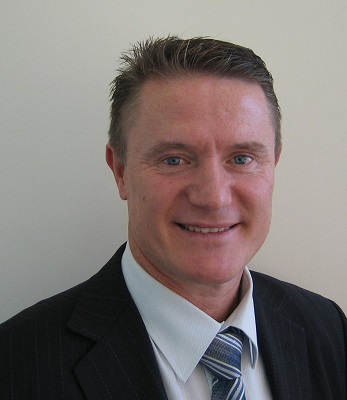
Jonathan Davis, Managing Director Piller Australia Pty Ltd, addresses the challenges of the country’s quest for a new security, stability and quality power paradigm
Australia’s plan to “rewire the nation” to a grid system reliant on over 80% renewables by 2030 can only be achieved through the development of more islanded, integrated, connected and networked Microgrids across communities and industries.
The move to low carbon renewable power systems is pushing users into technology evaluations focused on cost, efficiency and long term sustainable operation.
In a such system that is transitioning so radically the questions include:
How quickly and effectively can I transition to a green hybrid renewable alternative power supply? Where is the power going to come from?
For how much longer should I expect to continue to tap into already strained traditional power grids?
It is hard to overstate the rate and scale of change. And with that will come technical challenges.
 Jonathan Davis, Managing Director, Piller Australia Pty Ltd
Jonathan Davis, Managing Director, Piller Australia Pty Ltd
Australia’s National Electricity Market (NEM) system is vast and concentrated in places, non-existent in others. It is also disjointed with an estimated 1700 separate grids contributing to supply across the nation.
Demand is diverse with applications such as energy intensive mission critical data processing, hospitals, mining, industrial, commercial, and residential, all have different market drivers, load profiles and power quality dependencies. Then there are regional centres across the nation typically with low criticality but high dependency often suffering from end-of-line poor power quality.
Its transition starting point is from a carbon intensive energy system that saw fossil fuels contribute 71% of total electricity generation in 2021, including coal (51%), gas (18%) and oil (2%). Renewables contributed 29% of total electricity generation that year. The good news is that use of renewables is steadily rising.
More good news is that the distributed nature of the grid ecosystem provides opportunities for rapid change to microgrids if we are to meet our clean energy aspirations.
For context the April 2023 IEA (International Energy Agency) report on Australia revealed a mixed bag of opportunities, progress and challenges.
The hard challenges are ‘the National Energy Transformation Partnership (NETP)’ including ‘a revised 2030 Nationally Determined Contribution (NDC), pledging a 43% reduction of greenhouse gas (GHG) emissions by 2030 from 2005 levels… and net zero by 2050.’
Clearly the acceleration of solar and wind renewables is underway. The IEA report says: “In the NEM, the Australian Electricity Market Operator (AEMO) expects renewable energy to account for 83% by 2030 as part of the Step Change Scenario, which is aligned with the Australian Government’s plans of reaching 82% of renewables in the national electricity mix.”
In such a transformation the grid as we know it is not fit for purpose. Even with large BESS deployments it will require locally operated microgrids with power generation close to the user.
Microgrids or grid independent power plants are not new. What is new are microgrids with direct connections to renewable energy sources at scale. Future microgrids will run on a hybrid mix of renewable energy sources backed by local engine based clean reliable power sources, conditioning UPS technology and energy storage (battery and/kinetic for emergency ride through or grid scale BESS).
Such Microgrids may rely on several sources of power to supply various consumers. The demand profile may vary significantly according to the time of day and the supply profile will be unpredictable depending upon weather conditions.
A system configured with 10MW of wind turbines and 20MW solar panels complimented by the addition of 10MW gas generating sets with 5MW/10MWh Battery Energy Storage System (BESS) would not be atypical. Alongside this will be the need for power stabilization and conditioning. Or take the example of a 100MW industrial microgrid build out, starting with a 30MW deployment and extended in increments of 10MWs for powering a site (whether islanded or grid connected).
In either scenario any moves between the renewables and the engine or energy storage will make the microgrid highly sensitive to perturbations such as harmonics, voltage dips, short-circuits and frequency fluctuations which must be eradicated before power reaches the critical load. Grid forming technology to provide stability will be required.
There are no off-the-shelf turnkey solutions to fit all user profiles. There will be many use cases and variables for the many different microgrid types. But there will be common requirements across microgrid power chains connecting renewable power resources to critical workloads.
The direction of travel to renewables is clear and the trajectory is accelerating.
For companies and communities looking beyond the broader economic and societal impact of energy transition into the technical challenges to be solved and options available to facilitate the necessary moves to green power at scale there is much to consider in terms of security, stability and sustainability of supply.
About Piller
Piller was founded in Hamburg, Germany in 1909 by engineer Anton Piller. Employing around 1000 people worldwide, Piller is headquartered in Osterode, near Hanover, Germany, with subsidiaries across Europe, the Americas and Australasia. Piller is committed to creating a sustainable future in mission-critical power protection, and energy storage.
The Piller group is a wholly owned subsidiary of the multi-disciplined global UK engineering and industrial group, Langley Holdings plc and is part of Langley Holdings’ Power Solutions division.
